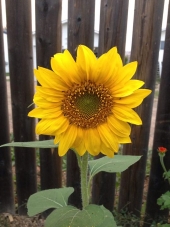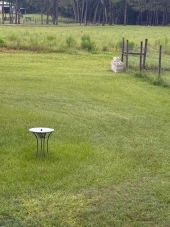
 9
9





 5
5




- Tim's Homestead Journal - Purchase a copy of Building a Better World in Your Backyard - Purchase 6 Decks of Permaculture Cards -
- Purchase 12x Decks of Permaculture Cards - Purchase a copy of the SKIP Book - Purchase 12x copies of Building a Better World in your Backyard

 6
6





 4
4




How Permies works: https://permies.com/wiki/34193/permies-works-links-threads
My projects on Skye: The tree field, Growing and landracing, perennial polycultures, "Don't dream it - be it! "
 3
3




 3
3




Invasive plants are Earth's way of insisting we notice her medicines. Stephen Herrod Buhner
Everyone learns what works by learning what doesn't work. Stephen Herrod Buhner
 7
7
















 4
4




How Permies works: https://permies.com/wiki/34193/permies-works-links-threads
My projects on Skye: The tree field, Growing and landracing, perennial polycultures, "Don't dream it - be it! "
 3
3




"Irrigation is not something that you just dump something on. It's not a big truck. It's a series of tubes."
 5
5




Nancy Reading wrote:. . . If you are intending the pile to mainly deal with garden waste on an infrequent basis, then that is not too much a problem, but if you want to empty a kitchen caddy in there each day, or frequently, then it may be worth placing the heap where you walk everyday anyway . . . Think about where the waste is coming from, and where you want to use the compost in future, and you might be surprised how much transportation you can save yourself!
 4
4




Visit Redhawk's soil series: https://permies.com/wiki/redhawk-soil
How permies.com works: https://permies.com/wiki/34193/permies-works-links-threads
 2
2




Nancy Reading wrote:I wouldn't worry about shade - that might help if you get hot summers as the compost needs to stay moist.
What sort of materials are you hoping to compost? The only reason I ask, is that both areas you highlight are a long way away from the house. If you are intending the pile to mainly deal with garden waste on an infrequent basis, then that is not too much a problem, but if you want to empty a kitchen caddy in there each day, or frequently, then it may be worth placing the heap where you walk everyday anyway - to the chicken coop for example. That means the one near the vegetable area would perhaps be more suitable for you.
Think about where the waste is coming from, and where you want to use the compost in future, and you might be surprised how much transportation you can save yourself!












 3
3




Emily Smith wrote: Basically, I want to compost anything that isn't recyclable but is biodegradable. So used paper towels, paper cups, food scraps, tea bags, coffee grounds, etc. I do have a regular supply of pine shavings and used chicken bedding to add as needed.
- Tim's Homestead Journal - Purchase a copy of Building a Better World in Your Backyard - Purchase 6 Decks of Permaculture Cards -
- Purchase 12x Decks of Permaculture Cards - Purchase a copy of the SKIP Book - Purchase 12x copies of Building a Better World in your Backyard
 2
2




Timothy Norton wrote:
Emily Smith wrote: Basically, I want to compost anything that isn't recyclable but is biodegradable. So used paper towels, paper cups, food scraps, tea bags, coffee grounds, etc. I do have a regular supply of pine shavings and used chicken bedding to add as needed.
This is how I treat my recycling. I was inspired after reading David the Good's book Compost Everything. I think he provides a good overall view of using a compost system to break down organic wastes from a household (outside of humanure systems) that would eventually end up in more traditional waste streams. It is some decent reading if you are looking for some literature.

|
I didn't say it. I'm just telling you what this tiny ad said.
Homestead Pigs Course
https://permies.com/wiki/365748/Homestead-Pigs
|








